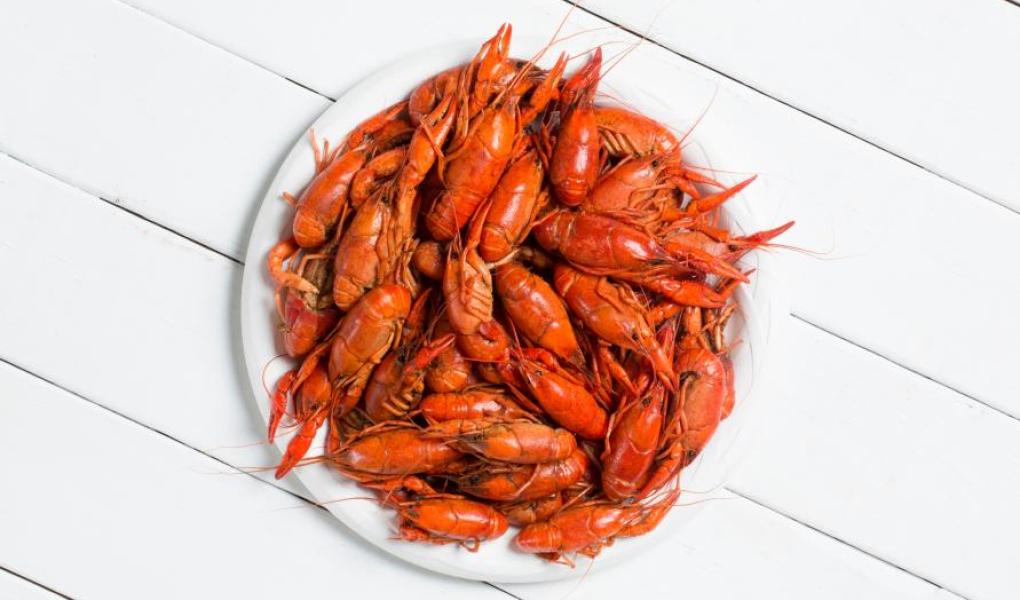- In practice, therefore, according to the guideline, you should not eat more than a handful of Swedish crayfish on the plate. It is a result that calls for reflection, says Torbjörn Synnerdahl, project manager at the Eurofins laboratory.
Right now it's crayfish season and many Swedes feast on the beloved shellfish. The news agency Testfakta has commissioned Eurofins in Lidköping to analyze the presence of so-called PFAS chemicals in eight brands of frozen and fresh crayfish sold in Swedish stores.
PFAS is linked to poorer immune systems in children, liver damage and thyroid disorders. The best-known PFAS substances – PFOS and PFOA – are also suspected of being carcinogenic.
The test results show that the Swedish crayfish have greatly elevated values of PFAS. Ullmo from Swedish lakes has the highest content with 14,062 nanograms (ng) per kilogram. This can be compared with 106 ng/kg for Fiskeriet's Turkish crayfish and the lowest quote, 20 ng/kg for Ullmo's Egyptian crayfish.
Testfakta has calculated how many crayfish a person weighing 70 kilos can eat in a week without reaching EFSA's guideline value. For the Swedish crayfish, it will be 22 to 34 grams of crayfish meat, which corresponds to 3 to 6 crayfish. Corresponding numbers for imported crayfish vary from 64 to 1,973 crayfish.
- A ban is required for the manufacture and use of all PFAS at the EU and global level, says Åke Bergman, professor emeritus in environmental chemistry. Regarding the crayfish, I think you should limit the intake of crayfish with high PFAS levels and at the same time ask what you know about other environmental pollutants in the crayfish you buy, he says.
- If the information is correct, it indicates that the Swedish environment is more polluted than the other environments where there are wild crayfish, says Åke Bergman.
Background PFAS
PFAS (poly- and perfluorinated alkyl substances) is a collective name for a group of chemicals that are everywhere in our environment, in, for example, frying pans, shoes, rainwear, firefighting foam and cosmetics. In total, there are around 5,000 different PFAS substances, but only a fraction of them have been tested from a health perspective.
PFAS are sometimes called eternal chemicals because they do not break down in nature and are stored in the bodies of animals and humans.
In recent years, studies showing PFAS-contaminated drinking water in several places in Sweden have received a lot of attention. Compared to many other regions, in Sweden we get a large proportion of our drinking water from lakes, streams and wells. Large amounts of PFAS have also been measured in waterways and fish stocks located near airports where firefighting foam, which contains PFAS chemicals, has been used in exercises.
For drinking water, the Swedish PFAS limit value is 100 nanograms (ng) per liter, but according to a current proposal from the Swedish Food Agency, this should be greatly reduced to 4 ng/liter. In comparison, Denmark has recently introduced a limit value of 2 ng/litre
Research into PFAS is still in its infancy when it comes to the long-term effects, but more and more studies point to an increased risk of negative health effects such as poorer immune systems in children, liver damage and hormonal disturbances. The most well-known PFAS substances – PFOS and PFOA – are also suspected of being carcinogenic and having negative effects on reproduction.
Recently, a study from the EU-supported The European Human Biomonitoring Initiative was presented that measured PFAS levels in the blood of teenagers in nine countries within the EU. The study showed that Swedish teenagers were at the top and in all countries – except Spain – the current guidelines were exceeded. According to the study, there seems to be a connection between high PFAS levels and high intake of eggs, fish, offal and locally produced food.
The guideline values used in the test were developed by the European Food Safety Authority, EFSA.

